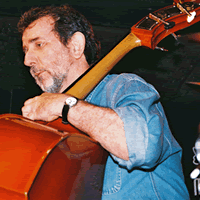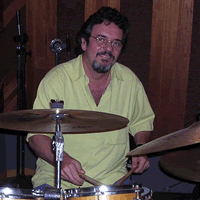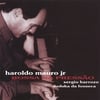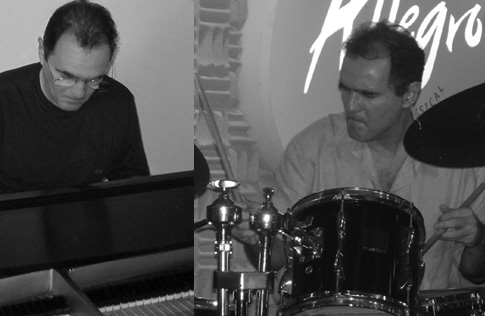
Appearing next on: Happy Hour at Beco das Garrafas May 18, 2018 Happy Hour at Beco das Garrafas (check the full agenda...) |
|
|||||||
|
Bossa na Pressão Is Top Ten! (read more...) "...the prettiest piano trio outing of the year..." Dan McClenaghan, All About Jazz
| |
|
With Sergio Barrozo
| |
American poet and critic Eli Siegel, founder of the philosophy Aesthetic Realism, defined beauty with these words: "All beauty is a making one of opposites, As a musician and as a person, this principle is the most important thing I have learned about art and life. I met the Aesthetic Realism of Eli Siegel through professor Edward Green, while attending his music classes at Manhattan School of Music, in the mid nineteen-eighties. My interest in music started early. I have dedicated a good part of my life to the study and performance of jazz and instrumental bossa nova, two types of music I care very much for. Listening to master players like Barry Harris, Sonny Rollins, Edison Machado and Raul de Souza, I got the encouragement I needed to practice piano for hours and hours. Jazz improvisation, a thing I love to do, is an instance of beauty, as described by Eli Siegel, because it gives the listener two opposite feelings at once: flexibility and strictness. In my performances I aim to convey the idea of elements that are free, loose, but also bound by a strong organization. One other thing I like during improvisations, is to create simple ideas but play them intensely. That gives me great pleasure, and the reason is, Aesthetic Realism explains, the opposites of hardness and softness are made one; and as I develop these simple ideas into more elaborate melodic lines, the beauty of jazz comes forth as a result of putting together the ideas of simple and complex. The oneness of simple and complex; freedom and order, are present in the world around us all the time, and we are trying to put these opposites together ourselves. As teacher, I have seen in classrooms that students get excited when they see a relation between what they study and their own lives. Aesthetic Realism explains that everything has an aesthetic structure, the oneness of opposites. Students, like everybody else, are trying to put opposites together. As they begin to see the oneness of opposites in the subjects they study, they see relation, and the world makes sense. They get interested in the subject and learn. |
||
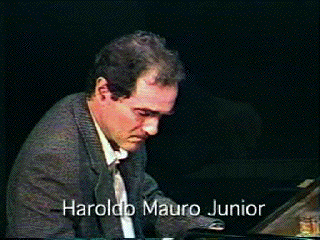 Movie clip |
||
|
|
||

